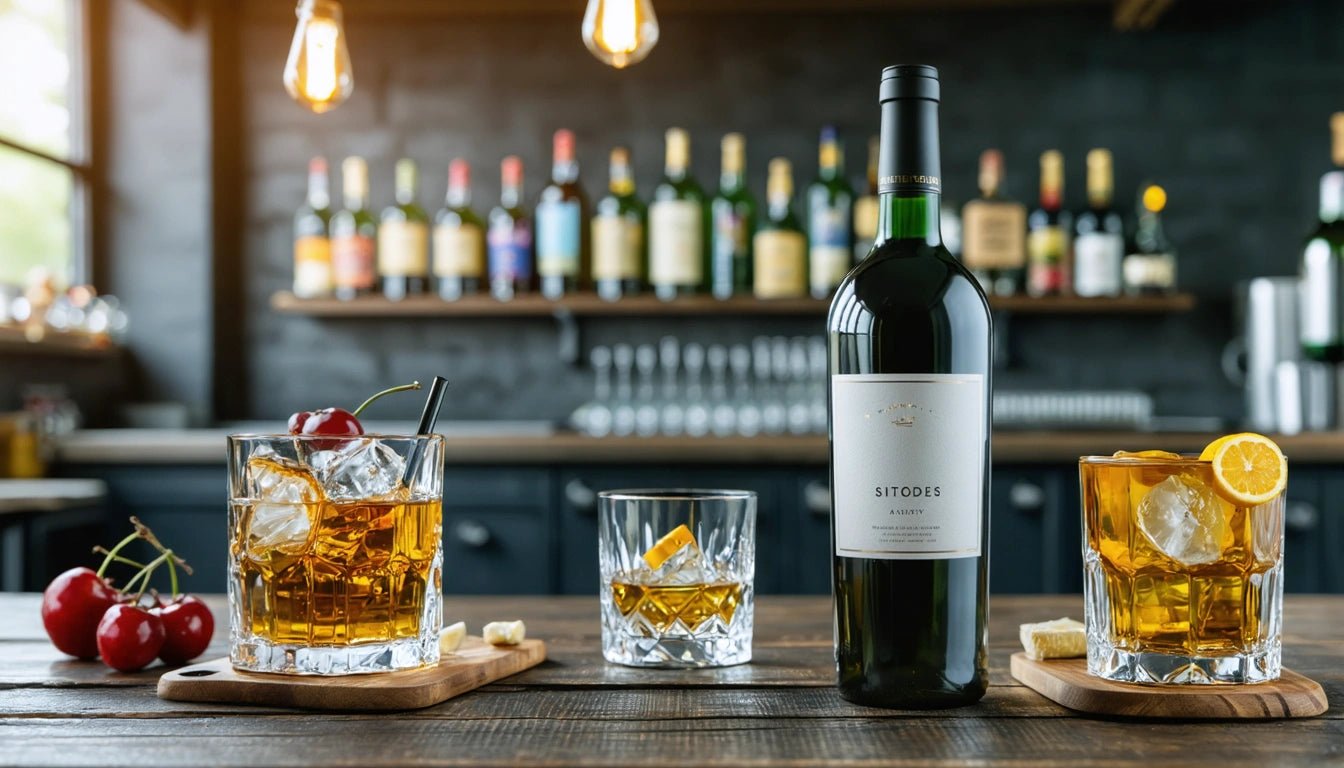Table of Contents
Understanding Alcohol Measurements: Liter and 1.75 L Bottle Sizes Explained
Navigating alcohol measurements can be confusing with various terms like fifth, handle, liter, and milliliter being used interchangeably. Whether you're stocking a bar, planning an event, or simply curious about what you're purchasing, understanding how much is a liter of alcohol and what a 1.75 L bottle is called provides valuable knowledge for informed decisions.
Liter of Alcohol Explained: Volume and Equivalents
A liter of alcohol represents 1,000 milliliters or approximately 33.8 fluid ounces. This metric measurement has become standard in the spirits industry worldwide, though the United States still commonly references the older fifth and handle terminology alongside metric measurements.
In practical terms, a liter bottle typically contains:
- 33.8 fluid ounces
- Approximately 22 1.5-ounce shots (standard serving size)
- Slightly more than a traditional fifth (which is 750ml)
As explained in this guide on liter to fifth conversions, a liter is about 33% larger than the standard 750ml bottle that many consumers are familiar with.
What is 1.75 L of Alcohol Called? The Handle Explained
The 1.75 liter bottle of alcohol is commonly called a "handle" in the United States. This nickname derives from the physical handle that's typically molded into the bottle design for easier pouring of this larger, heavier container. Other names for the 1.75 L bottle include:
- Handle
- Half-gallon
- 1.75L
- Double-fifth (informally)
The handle size contains 59.2 fluid ounces, as detailed in this resource on handle measurements. This translates to approximately 39 standard 1.5-ounce shots, making it a popular choice for larger gatherings and events.
Common Alcohol Bottle Sizes: From Miniatures to Magnums
While liters and handles are important measurements, the spirits industry uses a range of standardized bottle sizes:
- Miniature/Nip: 50ml (1.7 oz)
- Half Pint: 200ml (6.8 oz)
- Pint: 375ml (12.7 oz)
- Fifth: 750ml (25.4 oz)
- Liter: 1L (33.8 oz)
- Handle: 1.75L (59.2 oz)
Understanding these measurements helps when comparing prices and value. For example, handles (1.75L) typically offer better value per ounce than smaller bottles, though they require a larger upfront investment. This comprehensive guide breaks down how these measurements relate to cases and wholesale purchasing.
When considering alternative consumption methods, some consumers look for specialized products with precise measurements to ensure consistent experiences, similar to how alcohol measurements standardize serving sizes.
Conversion Guide: Navigating Between Metric and Imperial Systems
Converting between different measurement systems can be challenging. Here's a simple reference guide:
- 1 Liter = 1,000 milliliters = 33.8 fluid ounces
- 1.75 Liters = 1,750 milliliters = 59.2 fluid ounces
- 750 milliliters (fifth) = 25.4 fluid ounces
- 1 Gallon = 3.785 liters
For detailed conversions between milliliters and ounces, this conversion resource provides comprehensive tables and formulas. Understanding these relationships is particularly useful when comparing recipes that may use different measurement systems.
The conversion between 1.75 liters to milliliters and ounces is straightforward: 1.75L equals 1,750ml or 59.2 fluid ounces. This detailed guide explains how to perform these conversions accurately for various applications.
Practical Applications: Why Understanding Alcohol Measurements Matters
Knowing how much is a liter of alcohol and what a 1.75 L bottle is called has several practical applications:
- Cost Efficiency: Larger bottles like handles (1.75L) typically offer better value per ounce
- Event Planning: Calculating how many bottles to purchase based on guest count and expected consumption
- Recipe Accuracy: Ensuring cocktails and mixed drinks have the correct proportions
- Storage Considerations: Planning shelf space based on bottle dimensions
- Regulatory Compliance: Understanding legal limits for personal possession or transport
For businesses in the beverage industry, these measurements are even more critical for inventory management, pricing strategies, and compliance with regulations. Understanding standard measurements helps with everything from precise inventory tracking to accurate recipe development.
Whether you're a casual consumer or industry professional, having a clear grasp of alcohol measurements ensures you can make informed decisions about purchases, serving sizes, and value comparisons across different products and brands.



















